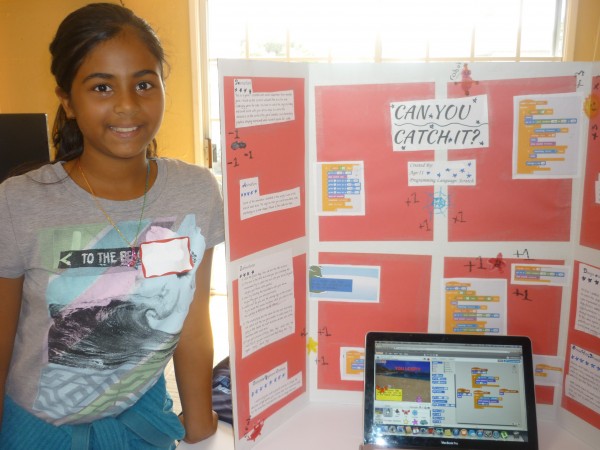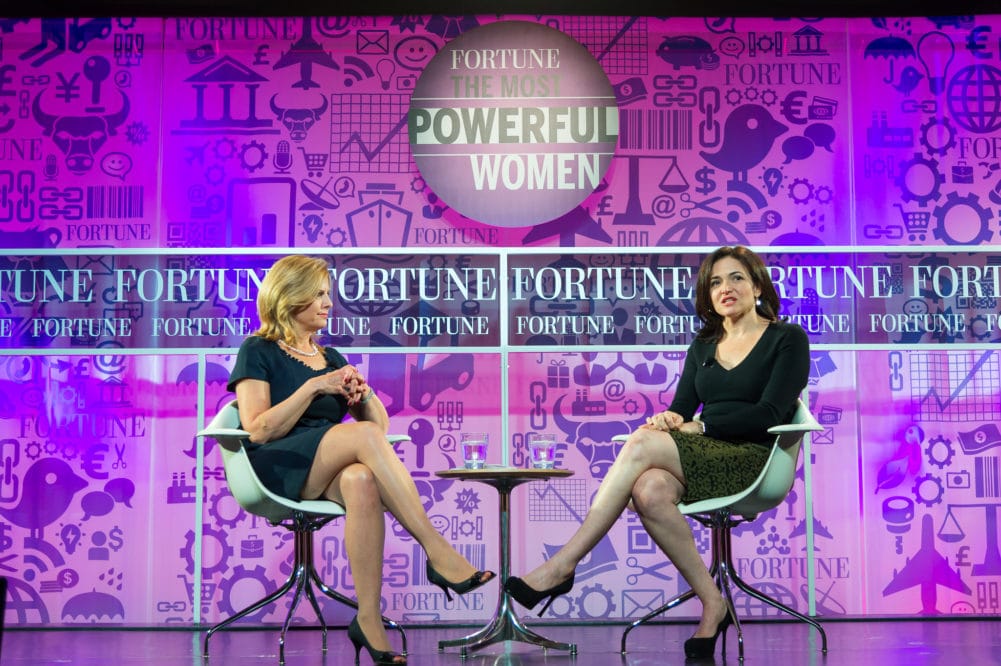I distinctly remember the first time I realized that I was in the significant minority in a STEM class.
I was in my high school AP Physics class with 3 girls (myself included) and 12 boys. One of my female classmates pointed it out to me – “Where are all the other girls?”
Even though there was a gender gap and my journey didn’t feature many female role models, I was able to push through. Now through Breakout Mentors I have the opportunity to inspire the next generation of STEM students.
No Matter How Few Girls, We Support Each Other
When my friend pointed out the gender imbalance, I realized that we were doing something really important. We were allowing ourselves to pursue what we found exciting and challenging, even when there wasn’t the same amount of social support as there was for our male classmates.
During the class girls flocked to girls to work together, and boys with other boys. The three of us had each other as a team, but a 3-person team against a 12-person team is an uphill battle.
I’m embarrassed to admit that at the time I had labeled physics “for boys” and biology “for girls”.
These subtle but telling labels support the idea that women don’t share the same place as men in STEM careers, and I’m lucky that, as I’ve grown older and I noticed this flawed mentality.

At Stanford it is Different, Or is it?
I am fortunate that at Stanford the CS department, and STEM majors more broadly, are far more equitable than many other universities.
Stanford is in the heart of Silicon Valley and world renown for tech. Thus, many students try the core CS classes and the first course features a nearly 50-50 gender balance. Roughly a third of CS graduates are women.
However, when you drill down into specific major tracks, this is not always true. I specifically remember an advisor telling me that my track of operating systems was in the recent past 96% male. 96%!
I was incredibly taken aback. Even though I knew that there were more men in the department, I couldn’t believe that some of the more technical tracks were so shockingly lopsided. I felt obligated to change that.
My First Role Model
In high school I identified my first female role model in STEM. My mother purchased the audiobook “Lean In” by Sheryl Sandberg, and I remember listening in the car as Sheryl explained how women are often at a disadvantage in the workforce.

Hearing her adversities made me stop and think – anything she could do, I could do as well.
Women were doing incredible things in the world, for example the first female Fields medalist was announced while I was in high school, but not enough women were given the opportunity.
I was the most advanced math and science student in my high school, and all of the extracurricular mathematics classes and competitions I participated in were about 80% male. However, I didn’t really have any female science peers participating with me in the various STEM activities.
I realized that I needed to pave my own path.
Finally a Role Model in Real Life
It wasn’t until coming to Stanford that I began to have female STEM role models in-person.
After taking some of the beginning operating systems classes, I began to look up to my female TAs. They were earning their master’s degrees in Computer Science, and had experienced the same feelings of hesitation with academic and emotional struggles that I did.
I looked up to them – they offered great advice and moral support, and above all, made me realize that being a girl studying operating systems was not a ridiculous idea.
I often wonder what my experience with coding would have been if, three years ago, someone would have magically appeared and offered a hand in exploring the subject further.
Counter-intuitively, not having a mentor made me realize its tremendous value. I was able to achieve a lot on my own, but could have accelerated the pace of learning with the right help. For example, my CS assignments can be completed without the help of a TA, however by accepting help, I receive guidance, tips and new perspectives.
All of these experiences led me to realize that one mentor can have a significant impact on someone’s life.
My Turn to Inspire Others
As I approached my senior year of high school, I realized that I was obligated to share what I had learned. Anyone who asked for advice, I would speak to.
I made a website compiling information that I’d come across and hosted a math tournament for younger students. I wanted them to see that, if they loved math and learning as much as I did, anything they wanted to do was possible.
Now with Breakout Mentors I am the source of guidance for girls learning to code.

It is important for girls to see other successful women with similar interests. I know first-hand it can be intimidating to be the only girl in a math or CS class – and that one mentor can provide a sense of comfort and self-confidence.
As a girl, I want to help as many of my peers as I can understand that they are capable of anything and everything they set their minds to!
Nurture Kids Interests
Interest is arguably the most important indicator of success for a girl in STEM.
Kids are naturally curious and many are interested in tech. In order for an interest to really thrive, there should be continuous progress.
I saw this with my first Computer Science experience – I found the topic interesting, but with no obvious outlets to continue, I let the interest sit for another three years! Starting to code early and continuing to let that interest and ability grow is a great way to breed enthusiasm and talent for STEM.
The young girls I meet with weekly through Breakout Mentors receive year-round inspiration. They can continue to advance while bringing their creative and fun project ideas to life.
I’m thrilled to be the role model for young girls that I wish I had a their age. It is inspiring to see just how incredible future generations of girls in STEM are going to be!

